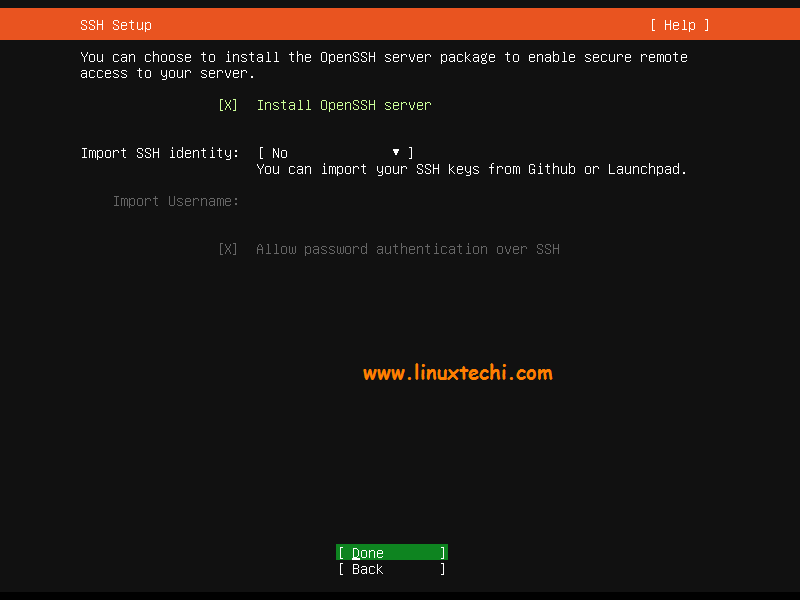- By default, the Un-Complicated Firewall (ufw) in Ubuntu Server 20.04 is not configured and enabled. The steps in this section are not technically required for a vanilla install. However, if you are going to use this server as a web server or perhaps a database server, read on. Now connect to your new server using the SSH protocol.
- Install Squid proxy server on Ubuntu. First, log in using the ssh command: ssh user@server-ip-here.
The Default Ubuntu 20.04 server edition, do not have firewalld installed on it. You can simply run the following command to install required packages from default repositories. Sudo apt install firewalld After installation, start firewall service and enable it to auto-start on system boot. But this app is much more than a simple SSH client for Linux but also integrates other possibilities that together make it really useful as file management through SFTP, terminal integration, remote resource/process manager or server disk space analyzer. Install Snowflake on Ubuntu 20.04. In other words, you need to install OpenSSH so you can log into your server. Install it by running the following command in your terminal: sudo apt-get install openssh-server -y. After the installation is done, you’ll have SSH enabled on your Ubuntu desktop. Now that you’ve installed SSH, you can configure it.

SSH, also known as Secure Socket Shell or Secure Shell, is a cryptographic protocol that helps to encrypt communication in unsecured networks where an SSHD is the daemon program for SSH. Together they provide secure communication between two untrusted hosts over an insecure network.
Step 1 : To install it in Ubuntu, use the following command:
Step 2 : You may check its status by running command:
Can't Ssh Vm Ubuntu
Step 3 : We’re going to edit a /etc/ssh/sshd_config file using the vi editor as the root user, so you should type the following command on the terminal:
Step 4 : Look for a line that contains PermitRootLogin and replace it with the following line:
Step 5 : Save the /etc/ssh/sshd_config file
Step 6 : Now it’s time to restart the SSH server. Then your server will be installed, configured, and ready to use. You can test this by executing the following command:
Step 7 : You can test your SSH server by trying to connect to it and typing on the terminal the following command: Parallels desktop mac catalina.
Step 8 : Now you will see a message asking for your authorization. Type yes and your password. You’re now connected to your our server through the SSH protocol.
Simplifying SSH connections with a config file
Step 1 : A local configuration must be stored in the .ssh directory of your home directory, and be named config. The full path would look something like this:
Step 2 : This file doesn’t exist by default, but if it’s found, SSH will parse it and you’ll be able to benefit from it. Go ahead and open this file in your text editor, such as nano:
Step 3 : This config file allows you to type configuration for servers that you connect to often, which can simplify the SSH command automatically, for example:
Enable Ssh On Ubuntu 20
Step 4 : SSH connections with a config file
